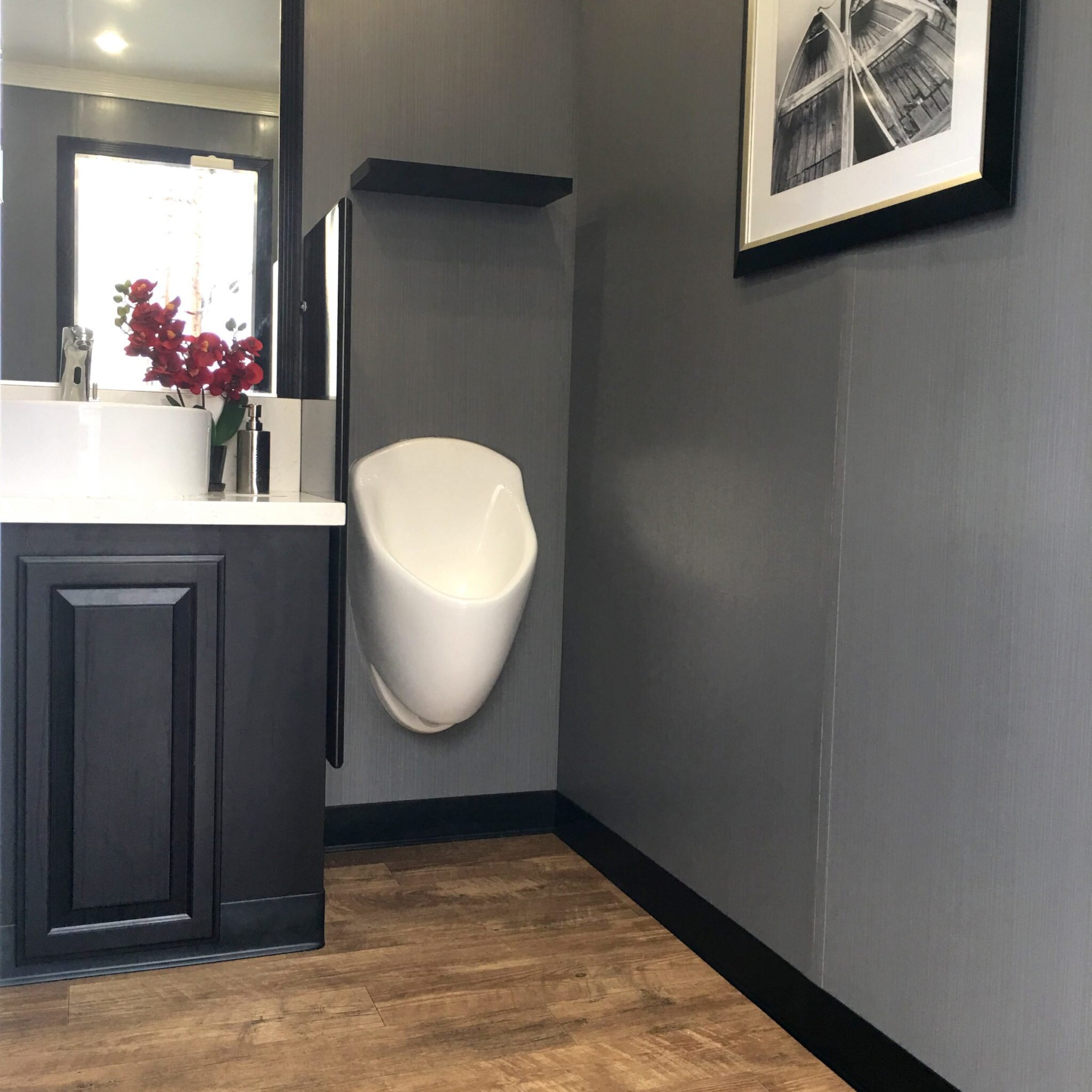To help address this, we have prepared the following ten questions building owners and managers should ask themselves. (TIP: If you answer yes to five or more, waterless urinals should be a consideration)
Pencils and paper ready? Here are the questions:
1. Are there 50 or more males using your facility each day? While there would be benefits in both water and operating cost savings, it would likely not be enough to warrant installing no-water urinals with fewer than ten males?
2. Have you been asked to reduce water consumption in the past three years? In most cases, if utility companies have asked you to cut back on water use at least once in the past few years, you can expect to be asked to do so again and possibly scale back even more in the future. In such cases, a long-term water reduction strategy, including installing waterless urinals, is recommended.
3. Have your water and sewer rates been going up substantially? The keyword here is “substantially.” While the average water increase in the U.S. is about three percent per year, some areas have witnessed far more significant increases. If your water bill has been going up substantially, waterless urinals is one way to keep them in check.
4. Do you expect more tenants moving into your facility? As a result of COVID, many employees are working remotely, which may continue once "shelter in place" orders have been lifted. Unless you are expecting more tenants to move in, at this time, it might be best to hold off on any restroom retrofits until the future is a bit clearer
5. Are you renovating your restrooms? If so, water-reducing strategies should be high on your list. In such cases, waterless urinals, again should be considered.
6. Are you seeking LEED certification? One of the easiest ways to earn water-related credits for LEED certification is by installing waterless urinals.
7. Related to this, is your facility looking for ways to operate more sustainably? Water reduction strategies constitute a significant part of building sustainability, making the installation of waterless urinals something to consider.
8. Are tax rebates or incentives being offered in your state for installing water-reducing fixtures? The return on installing waterless urinals is about one to two years. If tax rebates or other incentives are available, this can be reduced by a few months if not fully paid depending on the amount of the incentive.
9. Does your facility use more water than comparable sized properties? Many water utilities are now comparing your facility to similar ones as to water consumption. While many factors can impact how much water one facility uses compared to another, if yours is using considerably more water than others of similar size and occupancy, this should be investigated. Highly likely, others have installed low/water and no/water restroom fixtures.































